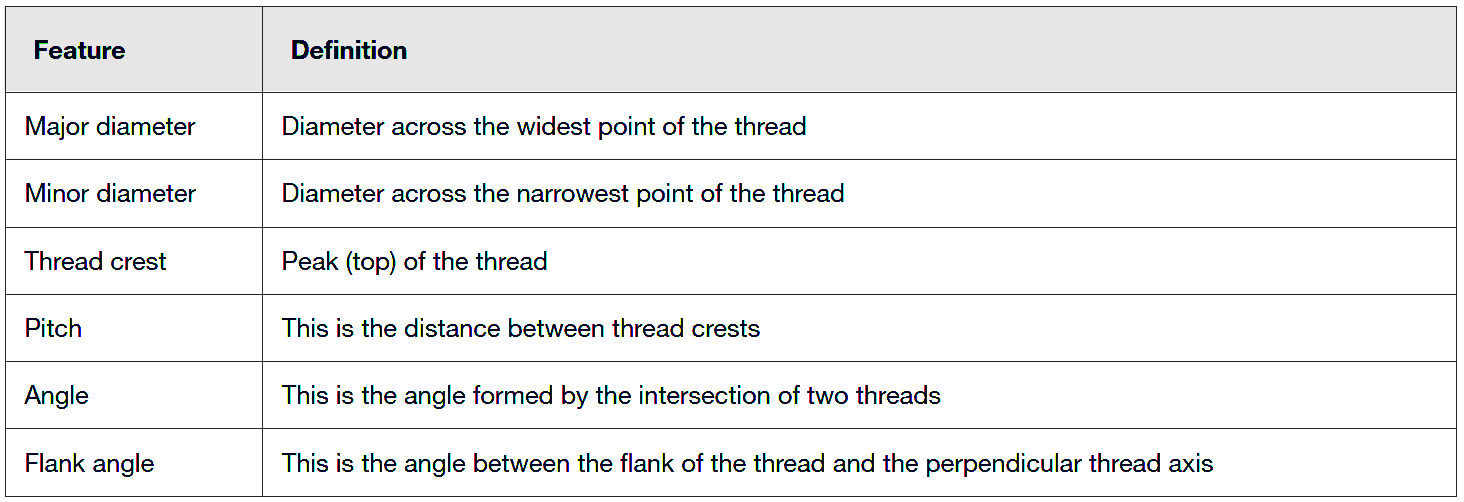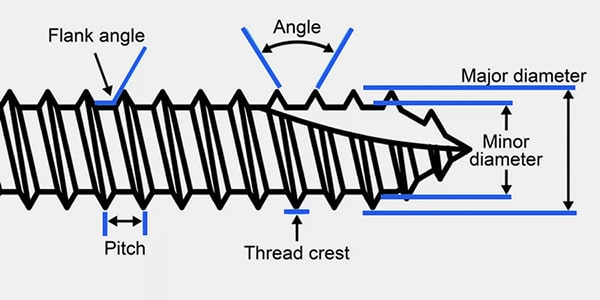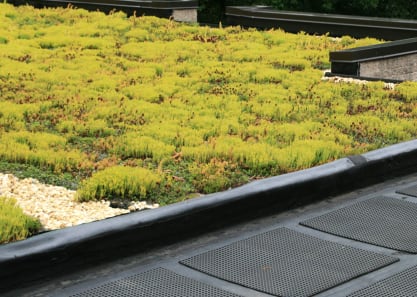
Why are different thread & drillpoints required for different flat roofing substrates?
- Read time: 3 minutes
- Date: 11 Oct 2021
- Flat Roofing
- Living Roof
Different threads grip in different ways and are therefore suited for different materials. Each thread has some specific features in common, including:


Each of these features is then adapted slightly to create a thread specifically designed for the materials being fixed.

It is important to make sure that the thread will only engage the substrate and not the build-up.
Why are there different drillpoints?
Drillpoints used for flat roofing are generally smaller to ensure high pull-out values are achieved even when fastening to thin steel or timber decks.
Always select the drillpoint for the substrate not for the build-up. This is because the drillscrew needs to penetrate and engage with the substrate to ensure it is held in place securely.
Different types of drillpoint have been designed to allow quick and effective drilling into different types of material such as timber or different thicknesses of steel sheet. These include:

Can I fix into an aluminium roof deck?
Yes, it is possible to fix into an aluminium roof deck, but stainless steel fasteners must always be used to prevent bimetallic corrosion. Aluminium is a softer material than steel so the pull-out values will be lower. When using an aluminium deck it is essential to ensure that the correct pull-out values can be achieved before starting the project.
Can I fix into a concrete deck?
Yes, it is possible to fix into a concrete deck once a pilot hole of the correct diameter and depth has been drilled to allow the fastener to self-tap into the concrete.





